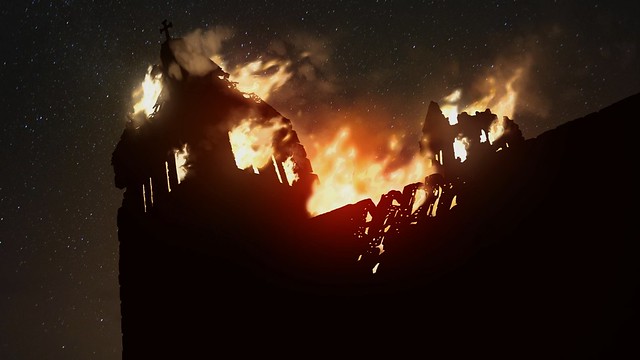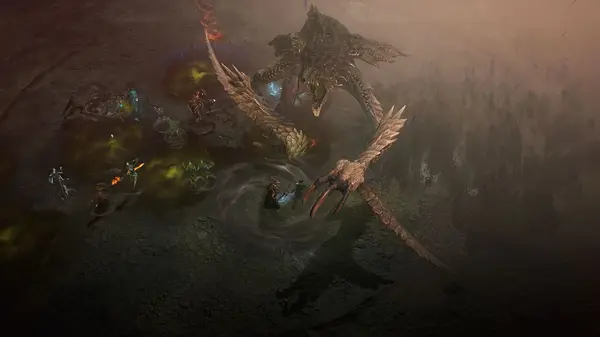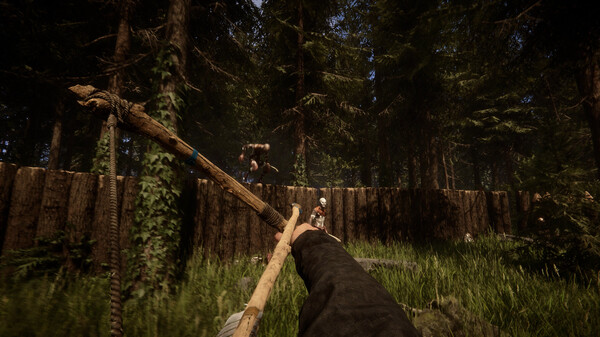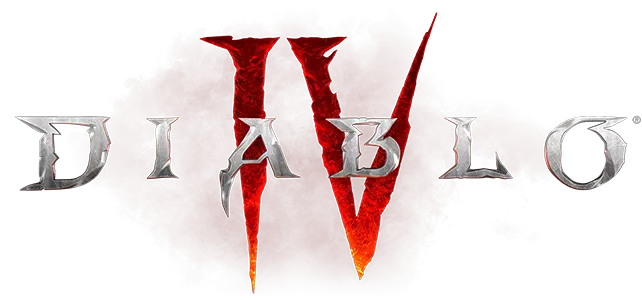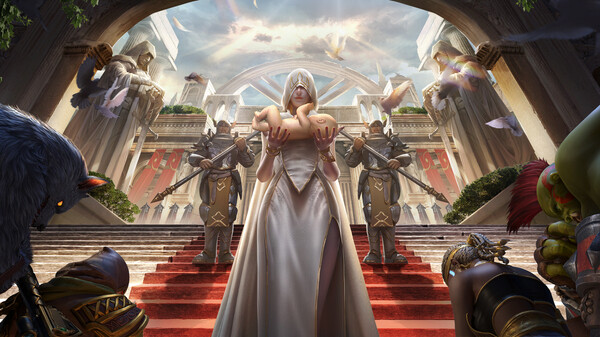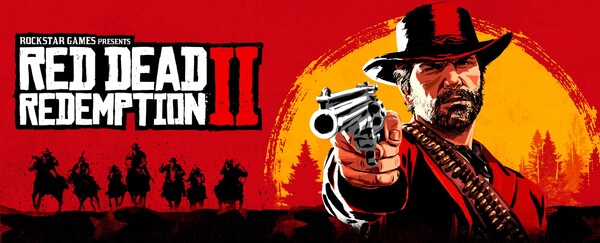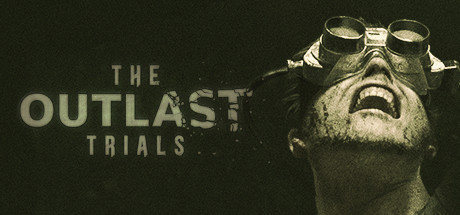[Disclosure: A review copy was provided for the contents of this article]
I have to admit it, I just didn’t see Pillars of the Earth coming. As far as videogame adaptations go, I keep a pretty open mind, and it certainly isn’t unusual to see big budget videogames launched alongside movies and series like Lord of the Rings or Game of Thrones. Pillars of the Earth has never been a Hollywood movie though, and whilst it did once become a BBC series, it wasn’t exactly popular enough to have HBO quaking in their boots. In fact, the most famous interpretation of Pillars of the Earth remains the original one – the 1989 book by Ken Follett, which to this day is still considered a well rated read both in the UK and the USA.
In the videogame adaptation of Pillars of the Earth, as in the original book, the story revolves around the construction of a new Cathedral in the fictional city of Kingsbridge, and is split into three parts. In this first part, known as From the Ashes, Daedelic Entertainment goes to great lengths to recreate Follett’s vision in detail. both visually and through surprisingly deep characters, each of whom is voiced superbly. The game itself is visually similar to a Telltale game (although much more attractive to my eye) and whilst it is dialogue heavy in the same way as Telltale games are, it’ does also feature some clue following and inventory puzzles, albeit easy ones.
The first thing that surprised me about Pillars of the Earth is that it is surprisingly free and easy with its use of biblical language. This really shouldn’t have come as a surprise, considering that the game is about building a cathedral in the 12th Century, but in all honesty I had expected the religious references to be toned down. After all, few video gamers are deeply religious and I dare say there is a risk that many might be put off by the thought of such content. Personally, I thought it was hugely thematic, and the game simply wouldn’t work without it, so it was a wise decision to leave it in. Aside from the necessary inclusion from a story perspective, there’s a neat touch when playing as Brother Phillip, which has him able to quote from his bible to any character at any time, and someone has done a great job of meticulously matching verses with relevant scenes to really elevate the game as an interactive experience.
It’s hard to say much about the game without ruining some key parts of the story, but most of the plot is viewed through the eyes of Brother Phillip, who arrives at the Kingsbridge Priory to find it in a sorry state, following the death of the previous Prior. As Prior of his own, smaller Priory, and a learned and well respected man among the monks, Phillip is soon embroiled in the struggle for succession at Kingsbridge. An arch enemy is soon revealed, as is an obviously nefarious plot, and the player must guide Phillip as he does God’s work in setting things right as best he can. As the plans to build a new cathedral come to fruition, other plots entwine, including one that is entirely more human, and this is where the strength of Pillars of the Earth‘s story begins to shine through.
You see, where Telltale games tend to tell average stories about forgettable characters in incredibly popular universes, Pillars of the Earth simply delivers the full weight of Ken Follett’s narrative genius, in videogame form. Nothing is cut or abridged; it is simply brought to life through sumptuous visuals, stellar voice acting and a raft of relevant, interesting additional content. At times it is depressing, and the colour palette includes grey, brown, black and white to reflect the mood, and then during other, happier times it is green, yellow and sumptuous by contrast. In every way possible, Daedelic have brought the world of Pillars of the Earth to life, and it is the very best videogame adaptation that it could be.
I love narrative adventures like this, but only when the story lives up to my expectations. With Pillars of the Earth, it was almost the opposite way around; I knew that the narrative would be up to par, but what concessions would be needed, and would it even be fun to play? The answer is that no concessions were made, and whilst that means that Pillars of the Earth may not be fun in the traditional sense, it is nonetheless an excellent example of how a narrative adventure game should be made. It never shows a moment of hesitation about the subject matter, however questionable, and at least in this first part, the story is coming together superbly. Everything else is equally strong, from the graphics and audio, to the control scheme and the tone of the whole game, it really does come together as a complete package, and you should:


